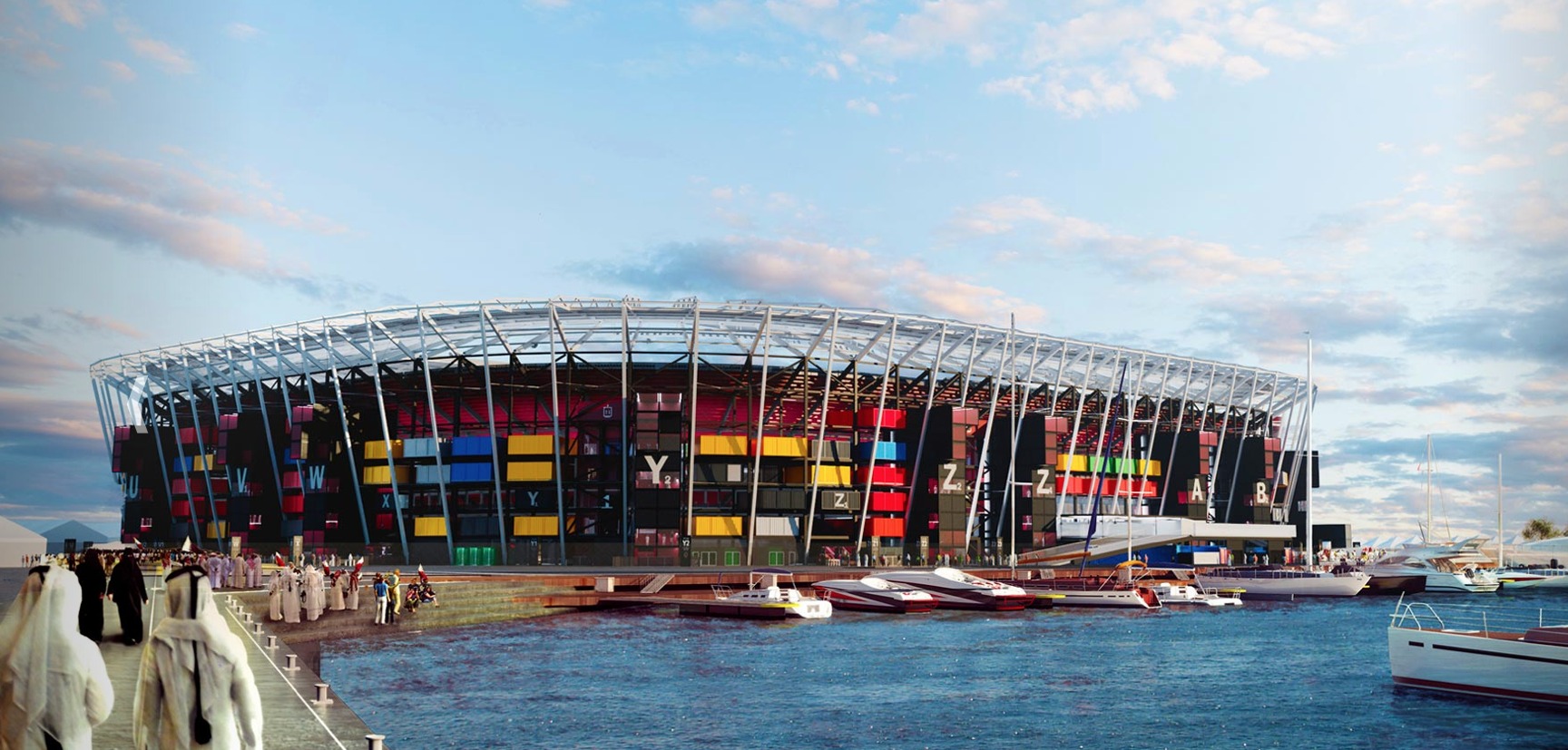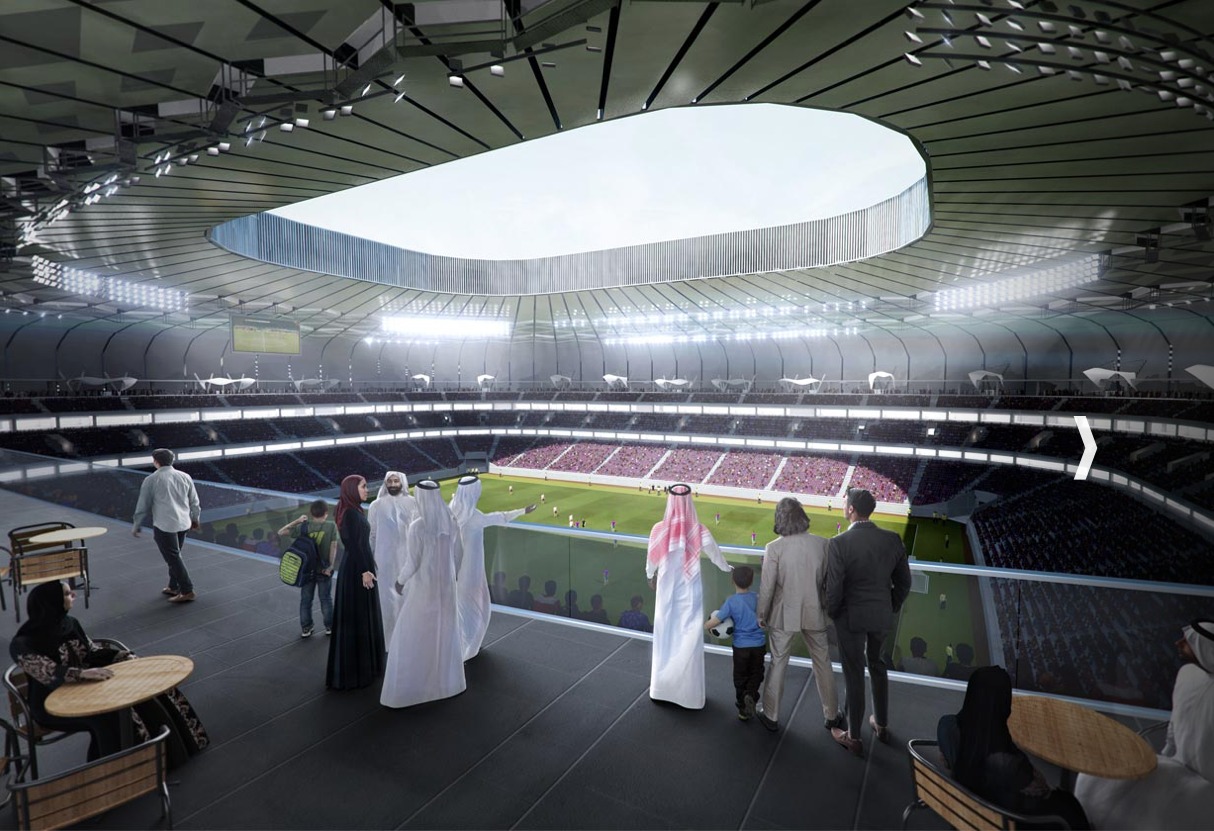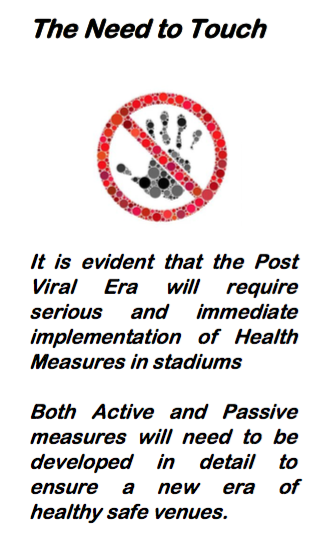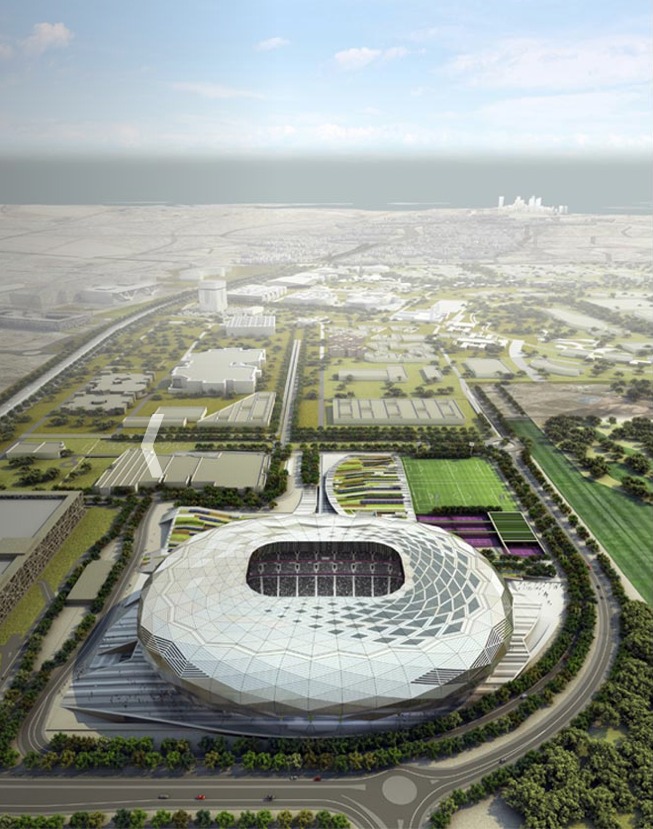- May 17, 2020
- Posted by: SportsV
- Categories: Event News, Home News, Industry News, News, Press Releases

There is no doubt that the Post Viral Era will have a direct effect on the way we work, play and live. It is the responsibility of architects to bring to the table solutions which make stadiums and other major sports venues not only to “be safer” but also to “feel safer”, as Mark Fenwick of Fenwick Iribarren Architects discusses.
It is evident that the impact this COVID-19 crisis will have on society is vast, and hence it is also clear that architecture, and especially sports architecture will have to develop new ways of expression to adapt to the new society.
Architecture has always been an expression of the time in which it is developed, and in many cases, there is evidence of how modern architecture has adapted to change, even in the case of illness and plague. In this process where we need to adapt to the new dangers, we shouldn’t lose sight of the fundamental elements which make sense in the grouping of people in society and the need for major leisure destinations, such as stadiums.
“Society is Social”
The solutions we must bring to the table should not go in detriment with human relationships and their use of private and public spaces, and in this case in the need for leisure in one of the favourite pastimes of society, going to a stadium and watch ones team or country compete.
The experience of this confinement against the lethal virus allows us to observe the need to maintain the social system of communication between different sectors of services and production up to the final consumer.
Stadiums need to react quickly to the new needs of society, and the need to adapt their buildings into health safe destinations. This is extremely difficult in spaces where tens of thousands of people concur, but there are many “common sense” measures which can be implemented for reasonable cost, and which will allow the perception of the public, and the players, that great care is taken to keep them away from any form of contamination.
Stadium owners, of both new and old stadiums need to implement Post Viral Architecture measures, especially where major international and national events occur. Post Viral Architecture is a challenge which will make stadiums better places for people of all ages, a new era in stadium design.
COMFORT ZONES
The virus has had a great effect on the phycology of people, and it has caused a drastic increase in the human comfort zone around them. One of the main factors that the virus has done is to change the ratio of “closeness” where one feels comfortable. This is one of the main effects which will cause the need to perform adjustments in the Post Viral Architecture in stadiums.
Keeping a distance will influence architecture, the size and use of lifts, the width of stairs, the design of the Bowl, all influence how close one is to a stranger, and hence how comfortable a person is. Architecture will need to adjust to create the required Comfort Zone, or what could be described as the Healthy Zone for each person.
ARRIVAL AT THE STADIUM
The healthy design of Stadiums will commence outside the stadium itself. How and when people will arrive at the stadium, looking to avoid crowds and long queues.
The need to review Public Transport is essential, and prevision for arrival with forms of individual transport modes is recommended to be catered for.

ACCESS TO THE STADIUM
The access to stadiums will need to be staggered in time, and the entrance will need further Health Control such as taking of temperature, and possibly even disinfectant showering will be implemented on access. As well as security guards on the entrance, a new model of “health guards” may be required to ensure this safe access.
VERTICAL CIRCULATION is an area of risk as people cross over on the stairs, and also the dense occupancy of lifts will be reviewed as in post viral buildings, lifts will need to have a much lower occupancy.
VIP AND HOSPITALITY AREAS will need to be carefully reviewed in order to allow safe and healthy comfort zones for the more expensive seats in the stadium. Screening between seating areas and less occupancy may be required for these areas, and redesign of skyboxes may need careful implementation of people separation.
THE PLAYERS AND DELEGATES need to be treated in a way that better distance between them is established, larger dressing rooms, individual toilets and showers ensure privacy. Possibly two tunnels onto the pitch to avoid contact between opposing teams in enclosed areas.
THE BOWL is the main element of a Stadium and where people watch the game. There will be a need to slightly increase the distance between people in their seats and this may require a reduction in the Stadium net capacity. New health safe areas may be required.
SPECIAL RISK SEATS
Special areas for people at risk, such as over 65 years, or with health issues may need to have special areas reserved in the bowl, as is already done with disabled spectators.
CATERING AND FOOD
New social and catering criteria will need to be developed in areas for catering and concessions. The need to avoid queues and agglomeration of people in the concourse at half time should be resolved.
The Virus is invisible and cannot be perceived, for which all surfaces and all spaces are possible contamination sources. The less we touch the better; however in buildings the need to touch is paramount. Turn on a light, flush a toilet, push the button in the lift, hold on to the handrail, or open a door entails touching a surface which may be contagious.
Architecture is about touching and feeling, and to be able to usea building there is a constant need to “touch” it. The need to avoid “touching” is therefore a paramount new requirement for our buildings, both in an active way (technology) or in a passive way (less doors, open areas).

The need to be CLEAN
TECHNOLOGY can assist in many areas to avoid touching. Entrance by e-tickets, the telephone also can provide health information, face recognition can bring to the stadium national and international data.
Food can be ordered on the phone, and ready for delivery, access and egress can be ordered by instructions to the phone. Technology will be a major tool in the use of modern buildings, and can allow us to avoid touching most elements we interact with in stadiums.
TOILETS are one of the main areas of infection, and needs great care to avoid touch. Hand basin taps, flushing the toilet and even turning on the light can be presence detection, self opening doors in order avoid door handles are all measures where the technology already exists.
GLOVES AND MASKS
It is essential for people to have their own personal protection elements in the stadium, masks, and gloves should be obligatory if entering stadiums. The stadium could even hand out these elements as part of branding strategies.
CLEAN SURFACES
Cleanliness is a fundamental part of a sense of safety, and a sense of health comfort. Contact with surfaces is continuous in buildings and our movement through them, and therefore the need to create mechanisms and selection of materials which allow a clean building is paramount.

VENTILATION
Air is a good transmitter of a virus, and air movement will take air from one space to another. Present systems which rely on the movement of air will need filters, while possibly the Implementation of a system which causes less air movement, such as cold beams, may be essential. Ventilation of buildings, allowing fresh air in is a return to “opening the window” something which modern “Green” Architecture avoids, buildings will need to breathe again, allowing fresh and not recycled air in.
SUMMARY
It is clear that Stadiums in the Post Viral Era will need to adapt quickly to implement new Healthy Building criteria, as these issues will surely be measures which the public will need to be able to feel safe and to return to watch a game.
Stadium owners should commence immediately both Active and Passive strategies in the buildings, and even rethink commercial strategies creating new health safe seats. Reduction of the stadium capacity slightly seems sensible, even though a slightly larger distance between seats is recommended.
The same lesson we learnt from the September 11 and new Security measures in all buildings, needs to be similarly applied to the effects the COVID-19 has had on people, and buildings need to respond to these world crisis effects.
People want to return to the Stadium, and so they will need to feel safe and healthy.

![]()
Mark Fenwick is a Partner at Fenwick Iribarren Architects.
Images, courtesy: Fenwick Iribarren Architects
#sports #sportsarchitecture #stadia #stadiums #sportsentertainment #sportstech #sportsbiz #sportsindustry
ALSD International – Europe’s leading event for the Premium Seat & Sports Hospitality sector – taking place at Liverpool FC’s Anfield Stadium this October, 12-13, will examine how to increase revenue through new builds, renovations, service expansions and the latest technology, and how to recoup lost revenue post COVID-19.
The next edition of ALSD International – organised by the Association of Luxury Suite Directors and Sports Venue Business – will feature a high-level conference, an exhibition hall showcasing the latest products, services & solutions, tours of Anfield, Everton’s Goodison Park and M&S Bank Arena, and numerous networking events, ensuring optimised opportunities to knowledge-share, network and do business.
#ALSDInternational – Europe’s leading event for the Premium Seat & Sports Hospitality sector
#ALSD – Leading the Premium Seat sector for the last 30 years
#sportsvenuebiz


